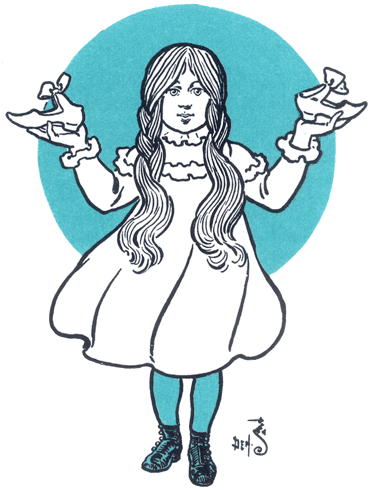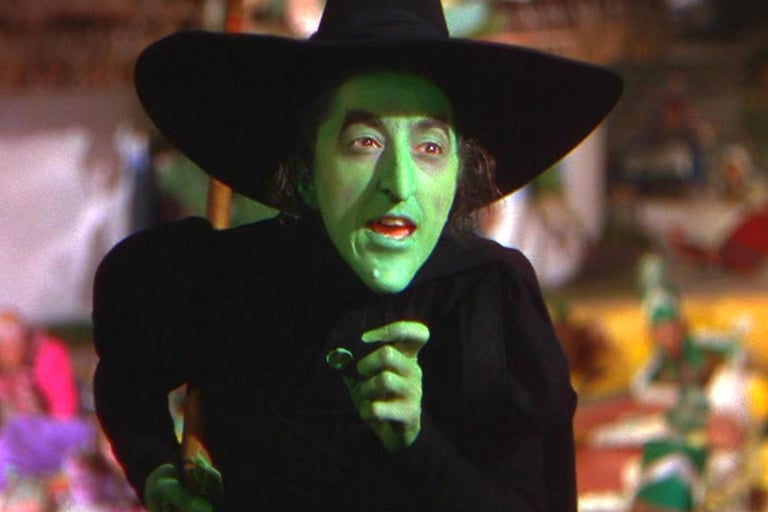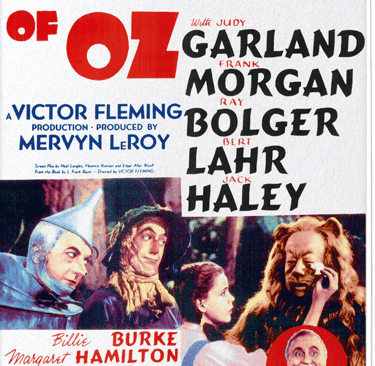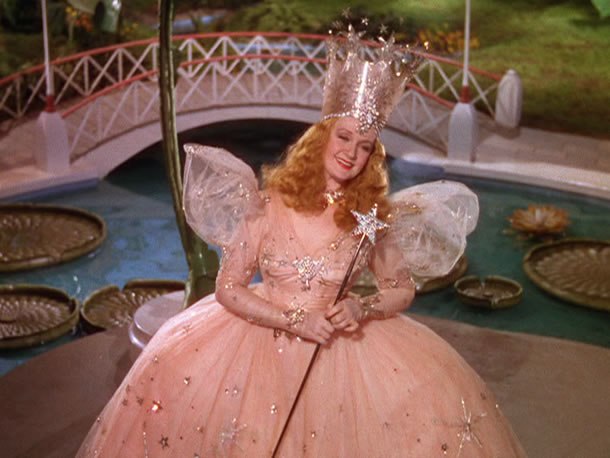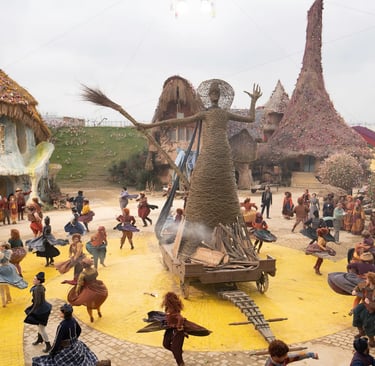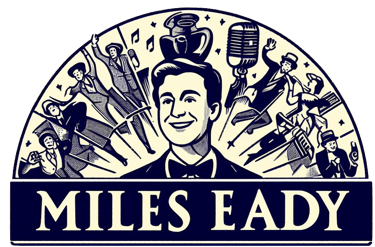From Oz to Wicked Part Three: Wicked on Stage and Screen
Wicked is born

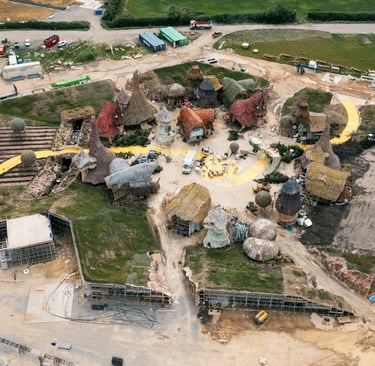
The Links Between Wicked and the Wizard of Oz
Wicked thrives in the rich world of The Wizard of Oz, drawing on the 1939 film and L. Frank Baum’s original books for inspiration, homage, and playful reinterpretation. Some details are familiar nods to the classic story, while others reveal clever twists that only fans of Oz will catch.
Here are some of the most intriguing insights, hidden connections and behind-the-scenes details that weave Wicked into the world that started it all.
Elphaba’s Shade of Green Has Its Own Copyright History
Margaret Hamilton’s witchy emerald makeup became one of the most recognisable images in film history — and one of the most protected. Warner Bros. even owns the specific pigment formula used on her face. So Wicked’s designers had to concoct a new colour: “Cynthia Green,” a slightly softer, less acidic tone that still screams “Wicked Witch” without breaking the law.
The Ruby Slippers Weren’t Always Red
In L. Frank Baum’s original 1900 novel, Dorothy’s shoes are silver, not ruby. MGM’s 1939 film switched them to red purely to show off its new Technicolor process — red popped better than silver on the painstaking three-strip film stock.
But here’s the twist: because Warner Bros. owns the copyright to those ruby slippers (and just about every other Oz design quirk invented by MGM), Wicked had to tiptoe carefully. The team legally couldn’t use the film’s exact shade of red or even the spiral pattern of the Yellow Brick Road. So in the Wicked film, Dorothy’s slippers revert to silver — but they’re lit with red spotlights, a cheeky cinematic wink to MGM’s glittering legacy.
The “Real” Story? Schwartz Calls the 1939 Film a Documentary
To make sense of all the contradictions between Baum’s books, Maguire’s novel, and MGM’s mythology, Stephen Schwartz and Winnie Holzman took a delightful idea: treat the 1939 Wizard of Oz film as a documentary of “what the world thinks happened.”
That means Wicked’s story becomes a kind of corrective history — a prequel that must “reverse-engineer” all the movie’s facts. Why does Glinda float around in a bubble? Why does the Witch covet ruby slippers? And why does she melt?
A Musical Conversation Across Time
Stephen Schwartz crafted No One Mourns the Wicked as a sly retort to the 1939 film’s jubilant Ding Dong! The Witch Is Dead, written by Harold Arlen and E.Y. Harburg, even weaving a snippet of that chorus into Wicked’s film score. The score is threaded with other Arlen–Harburg references: the soaring seven-note “Unlimited” motif in Defying Gravity secretly echoes the first seven notes of Over the Rainbow, a playful inside joke that stops short of copyright infringement. During One Short Day, orchestral hints to Optimistic Voices, the lilting march that once guided Dorothy down the Yellow Brick Road, make a subtle appearance. And in the film trailer, Defying Gravity even merges with Herbert Stothart’s classic Miss Gulch/Wicked Witch motif, completing a full-circle musical homage to the original Oz universe.
Glinda, the Original Influencer
In Baum’s book, the Good Witch of the North actually wore blue, but MGM’s pastel fantasia repainted her in blush tones for the Technicolor cameras. Wicked kept the pink, knowing audiences would expect it.
The Age of the Witches
Billie Burke, the original Glinda, was 55 when she first charmed audiences in The Wizard of Oz, while Ariana Grande was 31. Margaret Hamilton, the original Wicked Witch, and Cynthia Erivo, today’s Elphaba, were both 37 when they donned the iconic hat
The Rainbow Connection
The Wicked film reportedly planted nine million tulips in the fields of Oz, arranged in a rainbow pattern — a botanical nod to “Somewhere Over the Rainbow.” It’s the kind of extravagant flourish you can only justify when your entire film is about color, illusion and longing.
When MGM’s Oz Meets Wicked’s Oz
The Wicked team paid explicit homage to MGM’s 1939 visual grammar — even in the closing credits. The end titles borrow the 1930s motion-graphic style of MGM’s studio reels, and the typography echoes that of the original Wizard of Oz title cards. The design team even recreated the 1937 Universal logo for the main-on-end sequence, as if the film itself had been made back in Oz’s golden age.
A Century of Technicolor Trickery
When MGM’s crew first painted their Yellow Brick Road in 1938, Technicolor’s volatile chemicals kept turning the yellow green. The art department spent a week finding a shade the camera would behave with. Nearly a century later, Wicked’s production designers fought similar color wars — not with chemicals, but with copyright. In both cases, the yellow brick road had to be rebuilt by hand.
Judy Garland’s Enduring Spell
Everything in Wicked orbits Judy Garland, even if she never appears. Her Dorothy became America’s emotional compass — innocent, stubborn, yearning. Garland’s daughter Lorna Luft watched early cuts of the Wicked film and called it “breathtaking to look at — everything I wanted it to be.”
From Pigs and Chickens to Pop Culture Immortality
One last bit of Ozian irony: MGM executives once tried to cut “Over the Rainbow” because they thought a girl singing in a barnyard was “undignified.” Thank Louis B. Mayer for vetoing the idea — otherwise, the most famous song in movie history might have vanished into the Kansas dust.
The Moral of the Story (and Its Reversal)
The 1939 Wizard of Oz built its world on binaries: pink equals good, green equals evil. Wicked spends its entire runtime arguing otherwise. In that sense, Schwartz didn’t just write a prequel; he wrote a philosophical rebuttal.
Watch
Before you watch: these videos are official releases and still live at time of posting.
Wicked Making the Sound (2025 featurette)
A look at how the cast and crew of Wicked recorded lead vocals live on-set, revealing the emotional and technical rigour behind the scenes.
Further Reading
Get Happy: The Life of Judy Garland by Gerald Clarke
A captivating portrait of Garland’s turbulent brilliance, illuminating the MGM musical world that Wicked’s creators joyfully echo.
Buy it here
MGM’s Greatest Musicals by Hugh Fordin
Charts the studio’s golden era and craftsmanship, offering a sparkling window into the lineage of showmanship that shaped Schwartz’s sensibility.
Buy it here
The Hollywood Musical by Jane Feuer
Analyzes how classic musicals blend spectacle and ideology — a framework that helps decode Wicked’s dazzling mix of fantasy and subversion.
Buy it here
Explore the Series
← Part 2: Wicked on Stage and Screen
→ Part 4: Unlocking Wicked: The Academic Take
Wicked – Building the World of Oz (2025 Featurette)
Director Jon M. Chu and the design team explore how the expansive sets of Oz and Shiz were constructed — nine million tulips, towering backdrops and magical realism in physical form.


